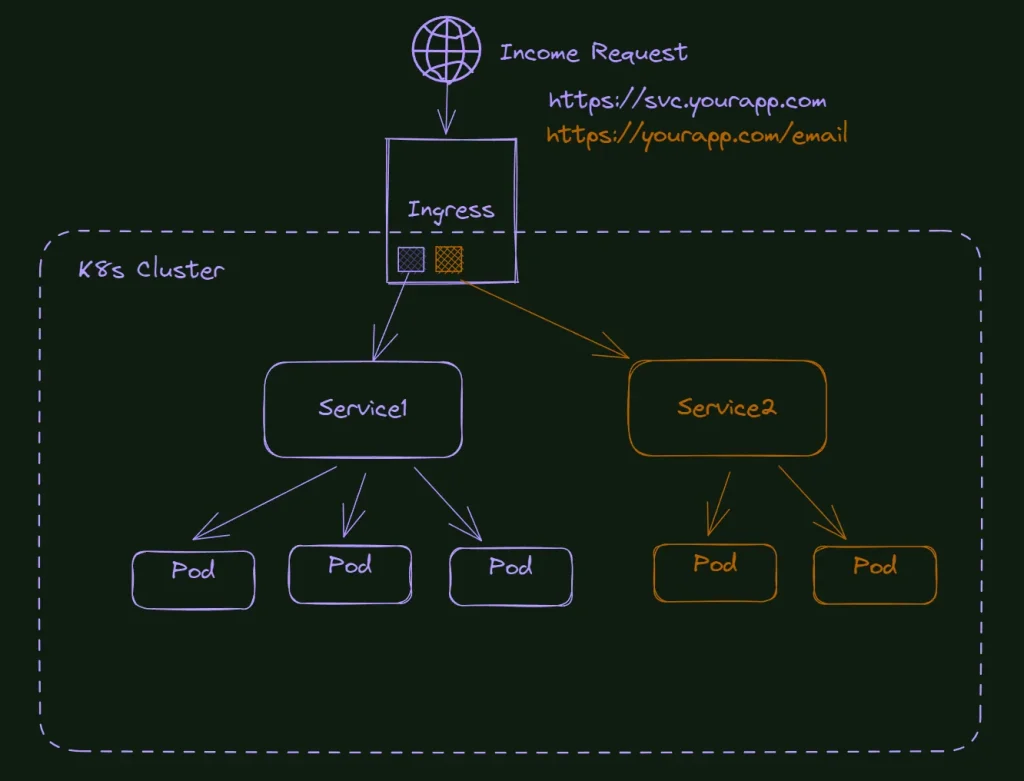Introduction
If you work with software today, you’ve probably heard about Kubernetes. Don’t worry if it sounds complicated – we’ll explain it in simple terms anyone can understand.

What Is Kubernetes in Plain English?
Think of it as a smart manager for your software containers. It:
- Automatically fixes problems when something breaks
- Handles more users by adding containers when needed
- Updates your app without any downtime
- Then, works the same way on AWS, Google Cloud, or your servers
If you want to read about FinOps, Click Here
Simple Analogy:
Moreover, imagine Kubernetes as a restaurant manager who:
- Hires more chefs when it gets busy
- Replaces any chef who gets sick
- Changes the menu without closing the restaurant
Let’s Get Hands-On: Your First Kubernetes Project
1. Install the Tools
Additionally, for beginners, start with Minikube – a practice Kubernetes that runs on your computer.
Mac:
bash
Then, Copy
Then, download
brew install minikube kubectl
Windows:
bash
Copy
Download
choco install minikube kubernetes-cli
2. Start Your Mini Cluster
Moreover, just one command gets you started:
bash
Copy
Then, download
minikube start
3. Run Your First App
Furthermore, let’s launch a simple website:
bash
Copy
Then, download
kubectl create deployment my-web --image=nginx kubectl expose deployment my-web --port=80 --type=NodePort
Now open it in your browser:
bash
Copy
Then, download
minikube service my-web
Answers to Common Questions
Do I need to be an expert to use it?
Not at all! Start small with basic deployments and learn as you go. Many successful users began with just the basics.
Is Kubernetes only for big companies?
No! Even small projects benefit from Kubernetes’ automatic recovery and scaling features.
How long does it take to learn?
You can learn the basics in a weekend. Mastering it takes longer, but you don’t need to know everything to start using it.
3 Quick Tips for Beginners
- Always test new deployments in a development cluster before deploying them to production.
- Then, use
kubectl get podsOften, to check your apps. - Finally, join the community – they’re invaluable!
Where to Go From Here
Now that you’ve run your first app, try these fun next steps:
- Firstly, deploy a simple Python or Node.js app
- Secondly, learn how to scale your app with
kubectl scale - Then, explore the Kubernetes dashboard with
minikube dashboard
Remember: Every expert was once a beginner. Take it one step at a time, and soon you’ll be managing containers like a pro!
